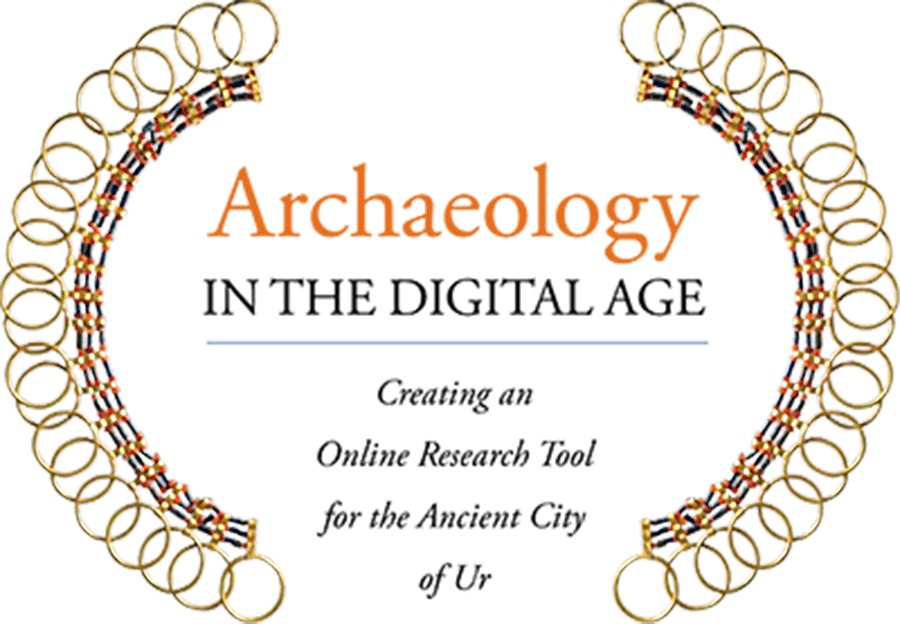
One of the first true cities in the world and probably the site described in the Bible as the home of the patriarch Abraham, Ur is a place of countless stories, both ancient and modern. The goal of the project entitled Ur of the Chaldees: A Virtual Vision of Woolley’s Excavations is to present the core data behind all of these stories and to interconnect them in a way that helps investigate, interpret, and understand them.
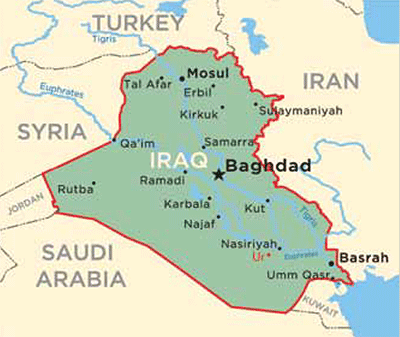
The Mesopotamian city of Ur was occupied from ca. 5000–500 BCE. Once supplied by the Euphrates, it was eventually abandoned because the river meandered too far away. It now sits some 6 miles southwest of the Euphrates in southern Iraq, almost 10 miles from the modern town of Nasiriyah, and more than 200 miles south of Baghdad.
Ur was inhabited over millennia by many thousands of people, each with their own place in history. In the course of their existence they made and used hundreds of thousands of objects in millions of actions and activities. Trying to understand all of this—to put it into a coherent picture of a living city millennia after its downfall and nearly a century after its excavation—is a daunting task. Like any mystery, the potential of a successful understanding depends on the number of physical clues available, the testimonials of witnesses, and the limits of our technology for investigation and analysis.
Most of the evidence comes from 12 seasons of excavation conducted from 1922 to 1934. Jointly sponsored by the University of Pennsylvania Museum and the British Museum, this work was directed by Sir Leonard Woolley, knighted in 1935 as a direct consequence of his efforts at Ur.
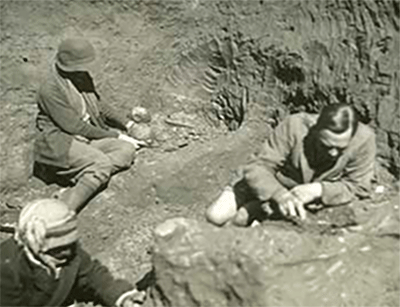
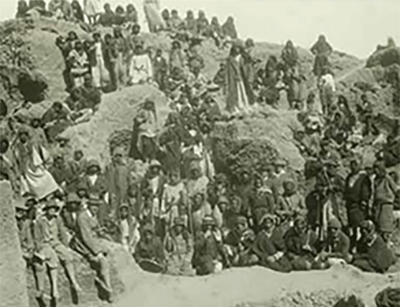
Woolley was a good archaeologist for his day, but he could not publish every object nor completely explain every decision when limited to the slow process of paper publication. In many cases he recorded his thoughts and even decision-making process in field notes and field reports to the museums, and a field catalogue of artifacts also exists in paper form. Digitizing these records will increase access and allow for more complete reanalysis. Indeed, reinvestigation of old work in the light of new understandings is at the very heart of scholarship.
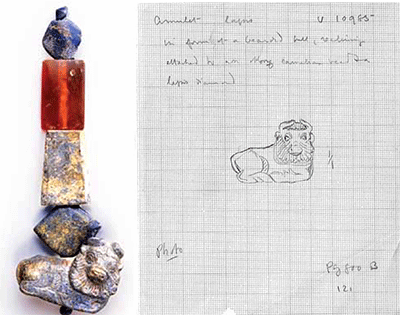
During the excavation, more than 15,000 field catalogue cards were produced, covering more than 25,000 artifacts. At least 4,500 field note cards were also produced, used later to aid in publication and then subsequently stored in the British Museum. Making them truly digital and accessible online will allow for quick and efficient analysis of Woolley’s work, much of which was foundational to our current view of the ancient Near East.
Reinvestigation often requires access to the artifacts that were excavated, or at least to accurate measurements and photographs of these objects. Although most of the field notes ended up in London, the artifacts are more scattered. Laws of the early 20th century typically allowed for archaeological finds to be split between host nation and excavating institutions. Ur was one such excavation, with half the artifacts remaining in Baghdad and the other half split between London and Philadelphia. Even to study the objects from one ancient building or tomb today would almost certainly require visits to all three museums. But now, all of the artifacts can be recorded and interlinked in a virtual space.
Unfortunately, this is no easy task. Over the past 80 or more years, records of objects in the various museums have lost many of the connections to their original field numbers and notes. Woolley often renumbered houses and tombs on publication but did not always show how the new numbers corresponded with his field notes. He also did not always record the typologies he used for some artifacts. Archival records, letters, and original reports from the field can help to tie some of this information back together and are thus important targets for digitization and interlinking.
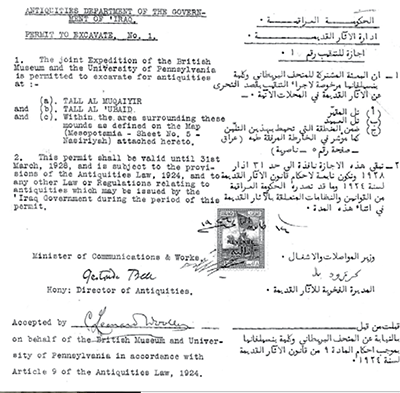
Such records are also of historical interest in the 21st century. The excavation of Ur was conducted in a period of great importance to the modern Middle East, a period that saw the creation of many new nations in the region, including Iraq itself. Archival records from Ur include mentions of pivotal events, such as the Cairo Conference, and important individuals, such as King Faisal, Winston Churchill, T.E. Lawrence, and Gertrude Bell. They contain documents from the very beginning of the Iraqi Department of Antiquities, and even a draft copy of the 1924 Iraq Antiquities Law, as well as the first permit to excavate issued by the new nation of Iraq—to Leonard Woolley at Tell el Muqayyar, Ur.
Thus, archaeologists and modern historians alike will be interested in the data gathered and presented by the Ur Project. Others may be interested in Ur because of its links to the famed mystery writer Agatha Christie. Indeed, she met her second husband, Sir Max Mallowan, there in 1929 and went on to work at many other sites with him. She even based her book Murder in Mesopotamia on the excavations at Ur, modeling the fictional Tell Yarimjah on the site itself.
Dame Agatha may well have thought of the archaeological work at Ur as a kind of mystery “whodunit.” But as she would know all too well, uncovering clues is only part of the task at hand. Gathering them all together and arranging and interpreting them as an understandable whole are vital tasks that tend to take up much of the time a researcher or detective requires. By creating the Ur digital research site, we are reducing the amount of time needed to make new and more detailed understandings of the site possible, with Ur’s history—ancient and modern— all firmly grounded in the physical evidence.
